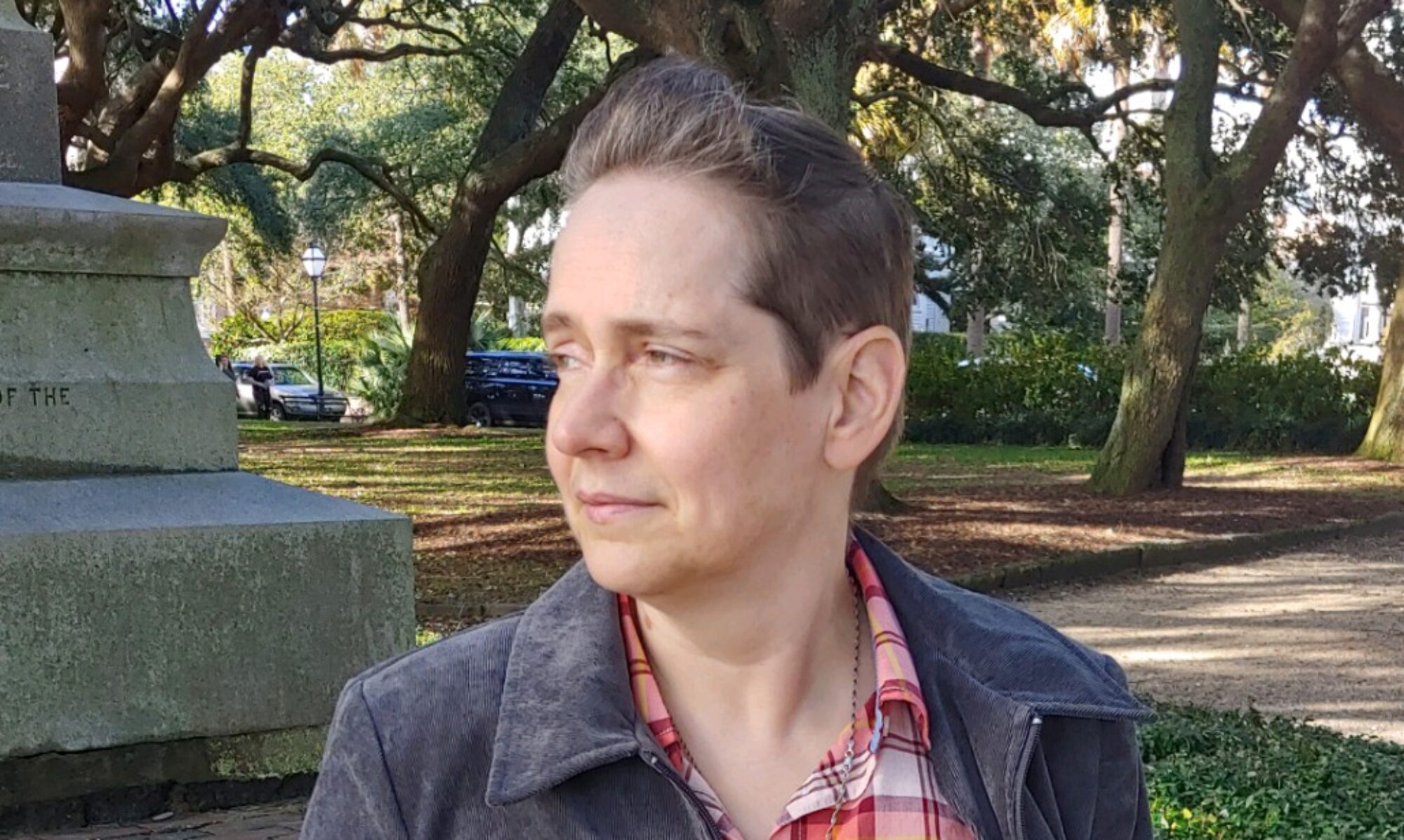Lesson 51: Review of the first 5 lessons
When you’re on a long journey, sometimes it’s good to take a break, pull over at a rest stop, review your progress so far and continue to map out your trip. The Course understands this and gives us frequent review periods during our journey in the workbook. Today, we begin a review of the first 50 lessons that we have supposedly mastered by now. (Right?)
We begin by reviewing the main ideas from the first 5 lessons:
- Nothing I see means anything.
- I have given what I see all the meaning it has for me.
- I do not understand anything I see.
- These thoughts do not mean anything.
- I am never upset for the reason I think.
The common thread through all of these lessons is about meaning – what it is and where the things in our world get their meaning. The answer is: We give the world its meaning through our thoughts, beliefs, actions and reactions.
Every one of us was raised in a different context – some of us had loving families, some had distant or abusive families. Some of us were raised in a religion of some sort, some of us were not. Some of us were raised to be politically active, others were not. We were all weaned on different musical genres – or no music at all. We all went to different types of schools and learned at a different pace than those around us.
Our experiences have shaped our perception of the world and we believe that the meaning we have ascribed to everything in this world, from tables, to politics, to religion, to societal structures is the best way – perhaps the only right and true way – to see and experience the world.
Then, we meet other people who disagree – and our egos clash and people get upset and nations go to war and suddenly you’re not speaking to you neighbor because of who they voted for.
It’s ridiculous. But, this is what our collective egos create – a ridiculous world shot through with human suffering and despair – punctuated, perhaps, by moments of joy.
Michael Singer, in his book The Untethered Soul puts it this way: “If anything happens that challenges how you view things, you fight. You defend. You rationalize. You get frustrated and angry over simple little things. This is the result of being unable to fit what’s actually happening into your model of reality. If you want to go beyond your model, you have to take the risk of not believing in it. If your mental model is bothering you, it’s because it doesn’t incorporate reality. Your choice is to either resist reality or go beyond the limits of your model.” (p.120)
These first five lessons invite us to go beyond the limits of the models our experience in this world has created for us – to get beyond the identities we have built based on illusions about our past. That structure is not sound and will be blown over by the first blow to ego’s beliefs.
These first five lessons are tools to begin to shake you free of your model of the ego’s “reality” and invite you to experience, even if just for a moment, the Reality of God that lies beyond our egoic belief structures.
In the introduction to the review section, the Course tells us: “The purpose of your learning is to enable you to bring the quiet with you, and to heal distress and turmoil. This is not done by avoiding them and seeking a haven of isolation for yourself. You will yet learn that peace is part of you, and requires only that you be there to embrace any situation in which you are. And finally, you will learn that there is no limit to where you are, so that your peace is everywhere, as you are.”
Hafiz likens that peace, that quiet, that reality within us to God applying just a drop of divinity to ocean of our existence.
“It is
possible that just a drop of dye from
a vial the Friend holds could change the color of an ocean.
“The presence
of a PerfectOne reaches a seed that
is planted in you,
“and from
that divine warmth, God will lose His
shyness, thaw as it were, and no matter what now,
“No
matter what you do, the sacred will begin to
grow inside. The color of your ocean will change.”
Photo by Hernan Pauccara from Pexels

